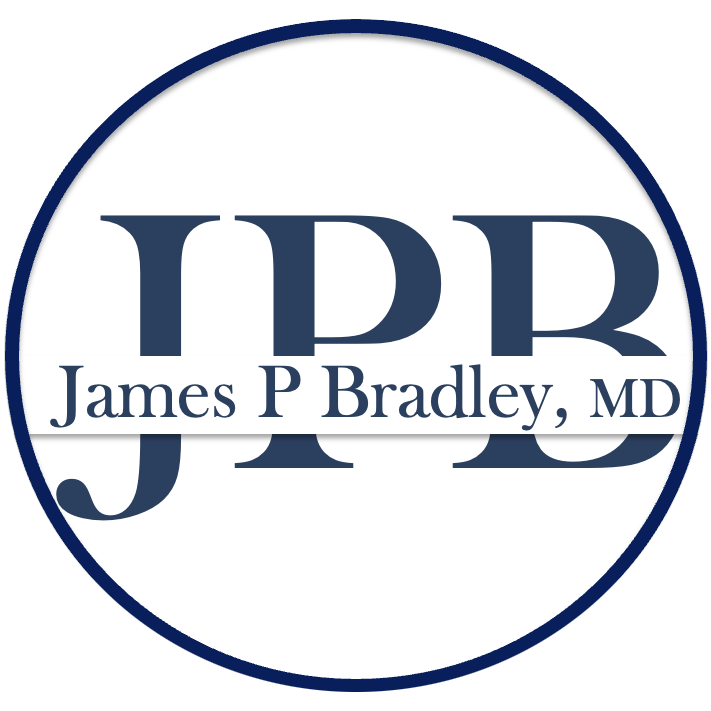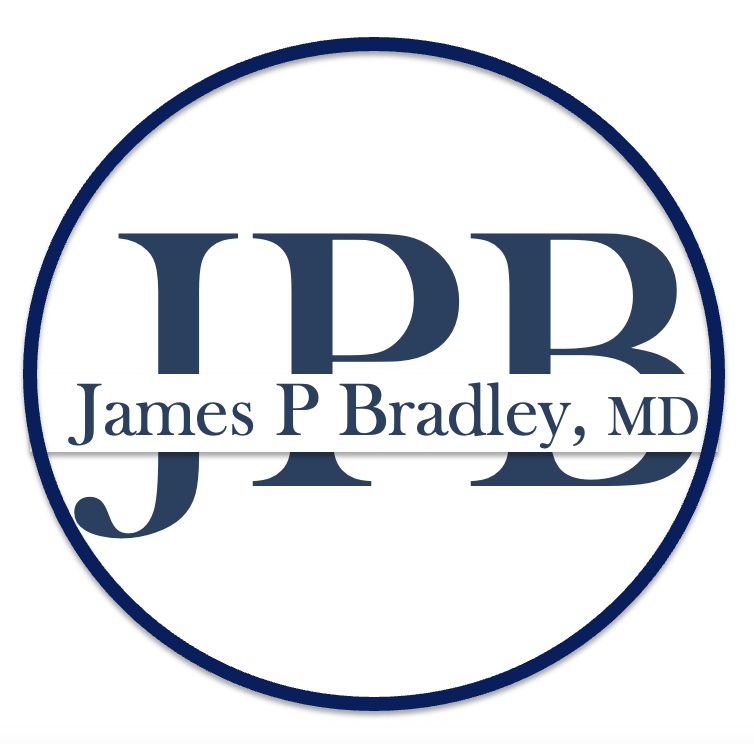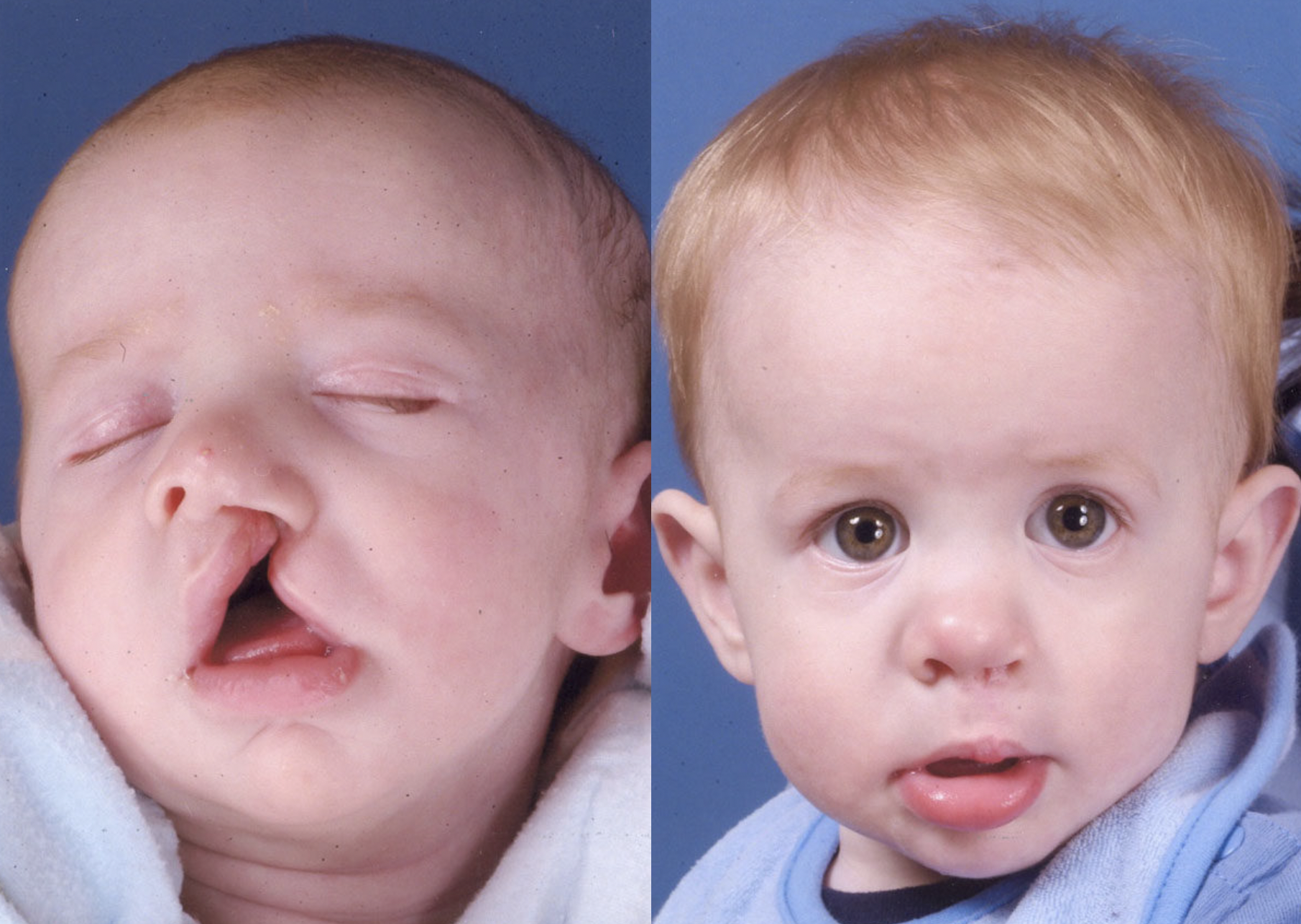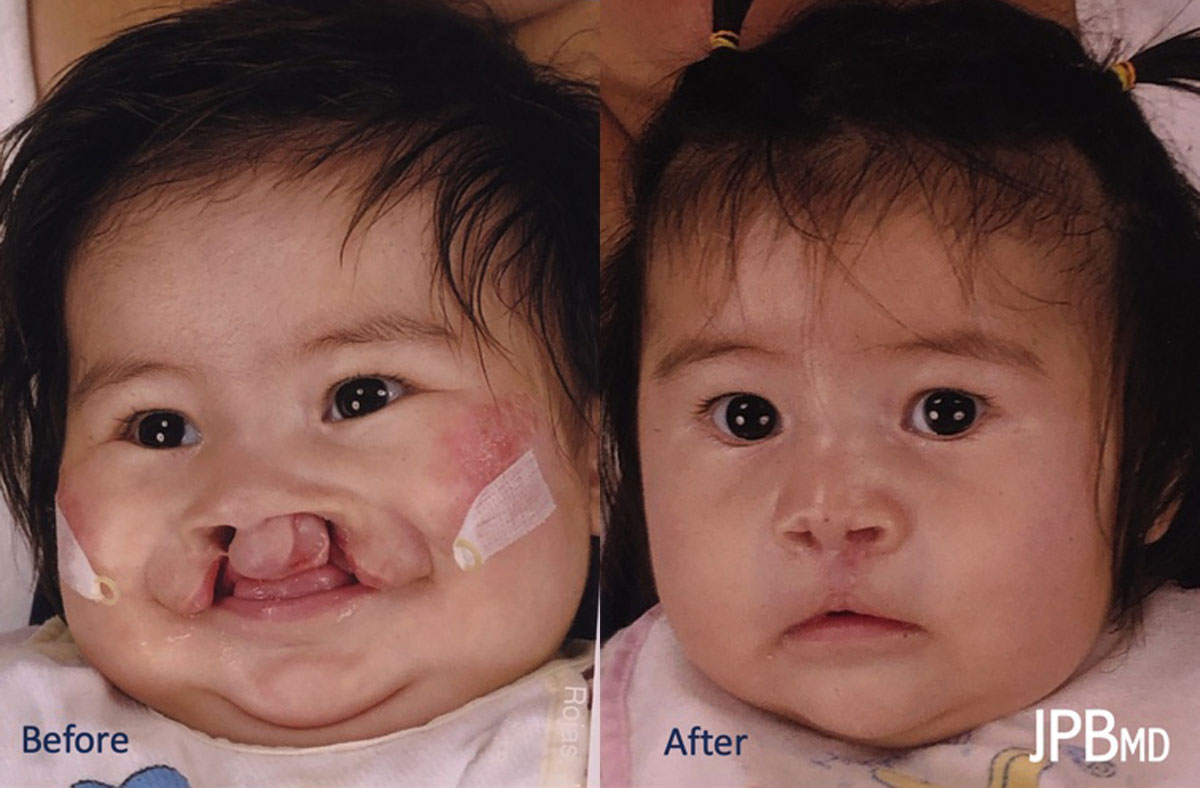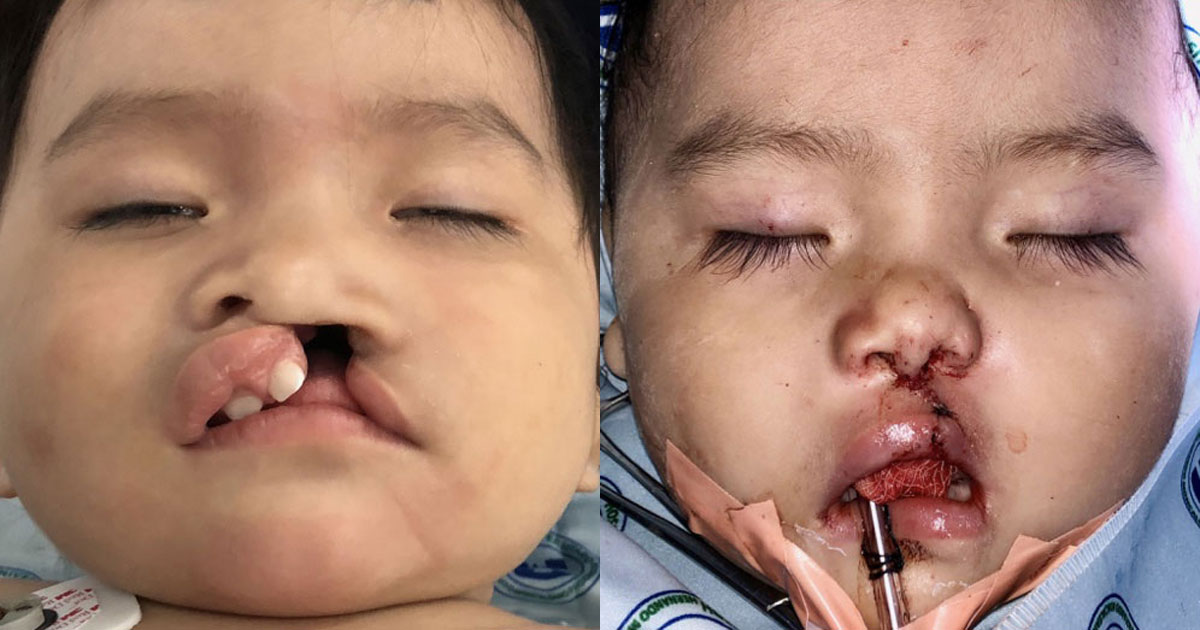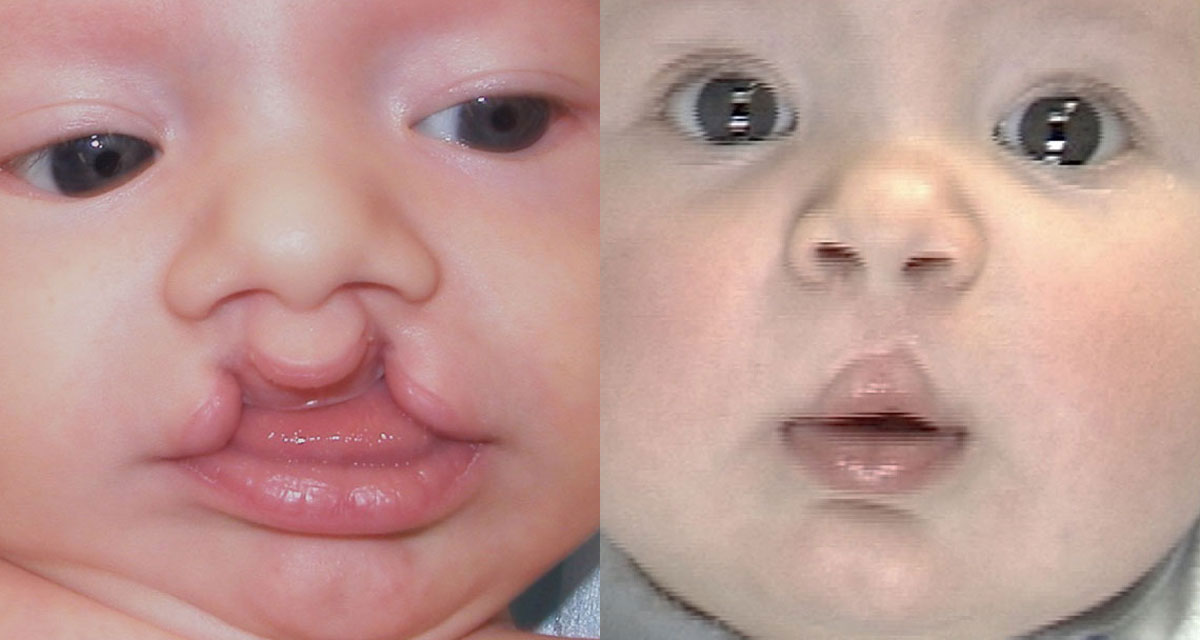Conveniently located to serve New York City, Queens, Bronx, Brooklyn, Long Island
Dr. James P. Bradley brings extensive experience to cleft lip repair for New York patients and their families. While a cleft lip may feel like a rare and overwhelming challenge, it is a condition Dr. Bradley frequently treats. He works closely with patients and their families, personally guiding them through each step with expert care and support.
Many of his patients are newborns who receive initial care at the hospital, but he also works with patients who had their care elsewhere. Once treated by Dr. Bradley, most patients prefer to stay under his care throughout childhood until adulthood.
What is Cleft Lip Surgery?
Cleft lip surgery is a reconstructive procedure designed to correct the physical appearance of a cleft lip, which is a common congenital condition. This surgery aims to repair the lip’s asymmetries and improve functionality, allowing for more natural smiling, talking, and laughing. By employing advanced techniques, Dr. Bradley minimizes scarring and optimizes the surgical results, ensuring each child receives the best cleft lip treatment for infants.
Cleft Lip Surgery Objectives
- To correct asymmetries of the lip and nose with minimal scarring.
- To provide the best functional, dynamic result so that smiling, talking, and laughing appear more natural.
- To optimize the result of each reconstructive procedure in order to minimize the total number of procedures.
Candidates for Cleft Lip Surgery
Candidates for cleft lip repair surgery typically include infants as young as three months old, although older children and adults may also seek correction for previous repairs. While most patients benefit from this procedure, certain contraindications, such as underlying health conditions, may affect eligibility. Dr. Bradley will evaluate each case individually to determine the best course of action.
How Cleft Lip Surgery is Performed
Cleft lip repair surgery is typically performed in a hospital setting under general anesthesia to ensure the child is comfortable and pain-free throughout the procedure. The surgery usually takes about two to three hours, depending on the complexity of the cleft.
Dr. Bradley begins by making precise incisions on either side of the cleft. These incisions are carefully placed to minimize visible scarring. He then gently realigns the tissues of the lip and nose, pulling them together to create a more symmetrical and natural appearance. If necessary, he may also work on the underlying muscle structure to enhance functionality, which is crucial for activities like feeding and speaking.
Cleft Lip Surgery Recovery and Healing Process
Once the procedure has been performed, your child will stay in the hospital overnight before going home the following day. Pain-relief medication and antibiotics will need to be taken during the recovery process. It will be necessary to care for the repair diligently as it heals.
You will need to bring your child in for a follow-up appointment around one week after the procedure has been performed. During this follow-up, Dr. Bradley will check on the healing process to ensure that it is going as expected. Sutures will be removed. If the sutures are dissolvable, removal will not be necessary.
Cost of Cleft Lip Surgery
The cost of cleft lip repair surgery can vary based on several factors, including the complexity of the case and the extent of care required. During your consultation, Dr. Bradley will provide a detailed overview of what to expect regarding financial considerations.
Top Browlift State-of-the-Art Techniques

Presurgical preparation with NAM (nasoalveolar molding) is often recommended to reduce tension on the repair.
Millard-type, cutting modified rotation advancement cleft lip repair is performed with special attention to correcting nasal form.
Patient Success Story
Cleft Lip Surgery Frequently Asked Questions
What will my child look like after your cleft lip repair?
Your child will still look like their beautiful self but will have a more balanced and natural appearance after cleft lip repair.
How many surgeries will my child need?
The number of surgeries depends in part on the type and severity of cleft lip. Dr. Bradley attempts, with his techniques, to minimize the number of procedures while maximizing the outcome. He will discuss specifics during your consultation. Some children need a cleft lip repair at three months, cleft palate repair at 10 months, secondary cleft rhinoplasty at six years, alveolar bone graft at eight years, cleft jaw surgery at 16 years, and cleft septorhinoplasty at age 17 as the final procedure.
Will my child need speech therapy after surgery?
Some children may benefit from speech therapy following cleft lip repair surgery, especially if they experience difficulties with speech development. Dr. Bradley will assess your child’s needs and refer you to a qualified speech therapist, if necessary, to support their communication skills.
How is feeding managed before and after the surgery?
Before surgery, special feeding techniques or bottles may be recommended to ensure that infants with cleft lips can feed effectively. After the surgery, most children can resume normal feeding within a few days.
Is cleft lip surgery covered by insurance?
Many insurance plans cover cleft lip repair surgery, as it is considered a medically necessary procedure. However, coverage can vary, so it’s recommended that families check with their insurance provider.
Schedule A Consultation
If you have questions about cleft lip surgery or would like to discuss your child’s needs, contact Dr. James P. Bradley today. As an experienced cleft lip surgeon serving patients in Queens, the Bronx, Brooklyn, and Long Island, Dr. Bradley understands the concerns families face and is committed to providing compassionate, personalized care tailored to your child’s unique situation.

